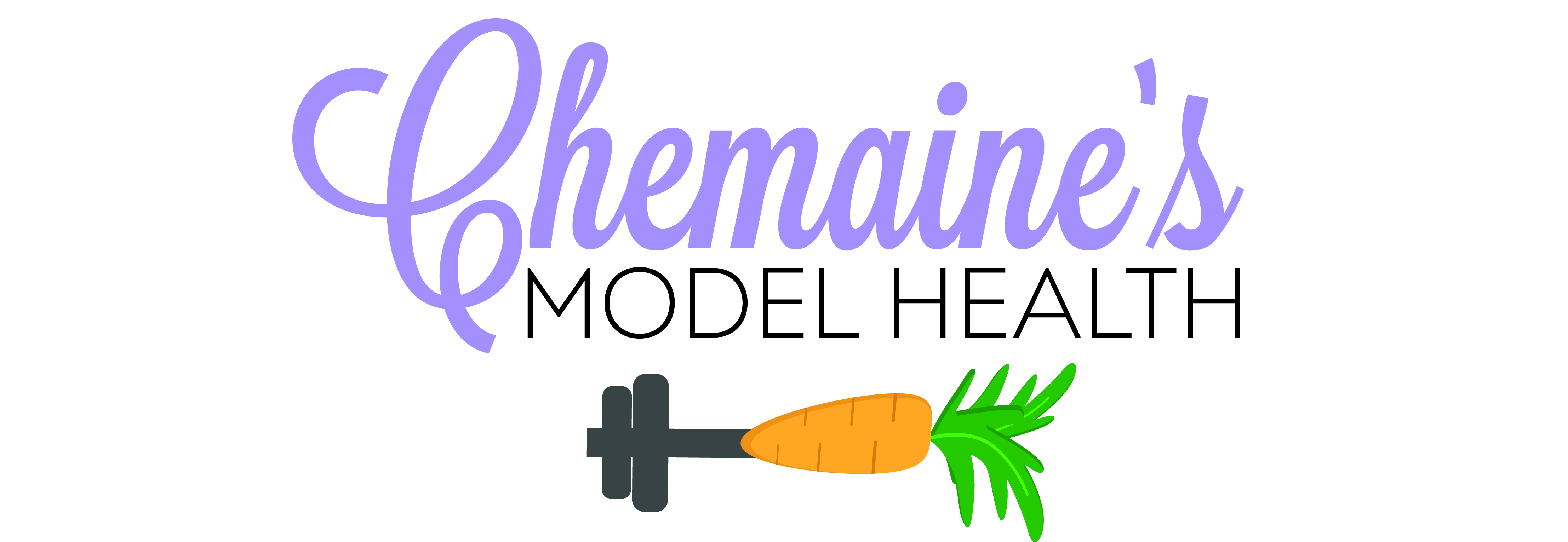I heard Dr Jerilynn Prior Professor of Endocrinology and Metabolism at the University of British Columbia in Vancouver, BC. and founder of CeMCOR (Center for Menstrual Cycle and Ovulation Research), say in a video that she wished there was a “Perimenopause Pamphlet” that she had received and could be given to other women so they understood what perimenopause is and how to navigate it better.
That comment spurred me to make a Perimenopause Pamphlet, actually two, to help my women – my clients, friends, followers and family – my community. You can access and download both versions FREE here (version 2 has a bit more detail and direction);
Perimenopause Pamphlet Version 1.
Perimenopause Pamphlet Version 2.
Perimenopause is a time of much confusion for women. Starting symptoms of perimenopause usually happen from
age 35 and end about age 58. But more recently we are seeing symptoms of perimenopause showing up in younger women, as early as the mid 20’s. There can be many reasons for this including higher levels of stress, more exposure to toxins and xenoestrogens (phytoestrogens included), increases in body weight, estrogen excess (AKA estrogen dominance) and low thyroid function (which is also on the rise). Perimenopause includes the years before a woman’s last menses or period.
During the time of perimenopause a woman will have her highest levels of estrogen which can fluctuate on a daily basis, while progesterone goes through the floor. This is where we see the common symptoms of perimenopause like emotional distress, irritability, menstrual changes, hot flashes and night sweats etc. Symptoms are not due to low estrogen (of course there are bio individualities – but it is rare) but low and plummeting progesterone which then can be compounded by high stress levels/hormones (adrenaline usually being the more influential corticosteroid).
When a woman is going through perimenopause she can experience a whole array of symptoms, check out the video below “50 symptoms of perimenopause”, but this is not definitive. We are each different and some women find perimenopause a breeze, experiencing almost no symptoms at all. Regardless, there are a few rules or must do’s for women going through perimenopause to help make the experience a bit more graceful… lol yeah right… I mean easier. We CAN make it easier. Heres how;
- Sleep is number 1 – you must prioritize sleep as it is in sleep that we make stem cells, reduce inflammation, do a lot of our detoxification and MAKE HORMONES! Ideally your head should be on the pillow ready for sleep by 9.30pm and aiming for 8-9hrs sleep. Do this consistently and watch what happens.
- Maintain a healthy body weight – this is so important and it annoys me a lot when I hear people say your body weight (specifically excess body fat) doesn’t matter. Well it does! Fat cells create and store estrogen. The more body fat you have, the more estrogen load you will have. Fat cells also contain toxins, heavy metals and other inflammatory molecules which they spit out at will and increase systemic inflammation. Which brings us to our next point …
- Keep inflammation as low as possible – inflammation will cause the stress hormones to increase, especially if there is pain involved (you can’t have pain without inflammation). Inflammation also directly effects thyroid, liver and gut function which are essential for managing and detoxifying estrogen, and for maintaining good hormonal balance. PS chronic inflammation can stop fat loss.
- Support your thyroid – thyroid and estrogen dance an interesting dance. Excess estrogen slows down thyroid function and low thyroid function impairs adequate metabolization and detoxification of estrogen. Thyroid hormones is one of the essential factors for the conversion of cholesterol to progesterone. Therefore thyroid hormone is pro progesterone and progesterone is pro thyroid.
- Prioritize protein – protein is essential for making hormones, for thyroid function and for detoxifying estrogen. “Protein deficiency has been shown to cause the liver to fail to detoxify estrogen” – Dr Ray Peat; From PMS to MENOPAUSE book.
- Move your body – there is lots and lots of talk all over social media and other media platforms lately about the importance of exercise for women during peri and post menopause. If you are not lifting weights then you should be aiming for 10,000-12,000 steps a day. Not as easy as most people think! And if you are lifting weights, then you should be aiming for 10,000-12,000 steps a day. Walking is one of the easiest levers you can pull to improve all metabolic markers of health which will influence your sex hormones.
- Don’t be afraid of BHRT or bio identical hormone therapy – especially bio identical progesterone and thyroid hormone. Its rare a women will be prescribed testosterone in perimenopause but DHEA and pregnenolone can be options too. Just watch for symptoms that you may be converting pregnenolone or DHEA to estrogen – that we do not want.
- There are also supplements and herbs that you can use in perimenopause to help with symptoms but thats another conversation for another day.
A few points before we wrap up. The reason women gain weight as they get older or during peri and post menopause is multifactorial but primarily it is due to the increase in estrogen and adrenaline, and reduction in both progesterone and thyroid hormones. This causes sleep to go off, then poor food choices ensue (we start looking for comfort more and more in food), and motivation to move/exercise/walk declines. The change in hormones also influences blood sugars and hunger hormones. I hope you can see why it is so important to understand all of this because all hope is not lost, it just takes a bit of work to start feeling good again. A good nutrition plan is so so important as women transition through their 30’s, 40’s, 50’s and beyond. Yes its important in our younger years, but we can get away with a bit more then. Nutrition will always be my forte because of how important it is for all areas of health and systems in the body. If your complaining about hormone imbalances and symptoms then you need to look at your nutrition – don’t be kidding yourself!
OK, I think that’s enough for now. Did you find this helpful? Don’t be afraid to reach out! And check these resource out below. ⇓
Thanks for your time!


